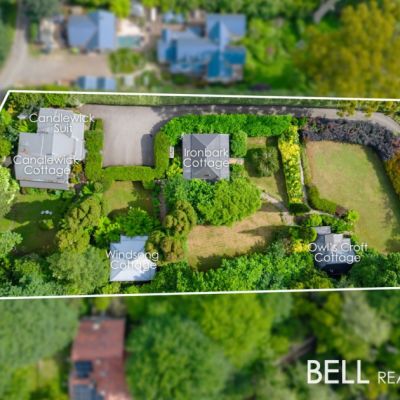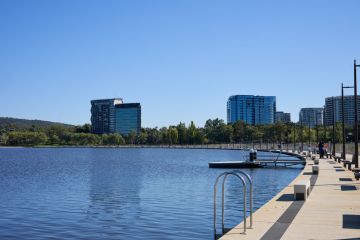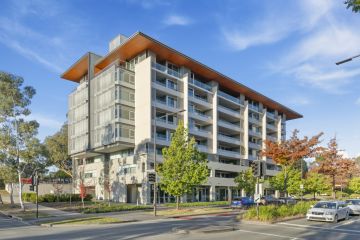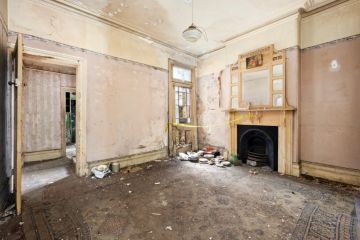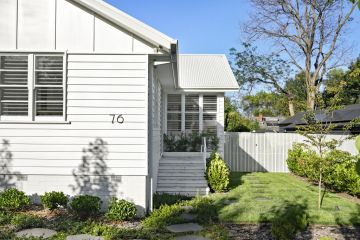Australian home values continue to climb with RBA expected to cut rates
Home values look set to continue climbing in the latter half of the year after nearly every corner of the country recorded growth in June, and as the Reserve Bank faces mounting pressure to further cut interest rates.
Fresh data from Cotality shows Australian home values grew for the fifth month in a row, climbing 0.6 per cent in June and 1.4 per cent across the quarter. Over the past 12 months, national home values have climbed 3.4 per cent, taking the median value of a home to $836,586.

Economists see a rate cut at the next RBA meeting in early July as all but locked in, as the economy faces headwinds including conflict in the Middle East, US President Donald Trump’s tariffs and slowing domestic growth, while inflation has become a background concern.
The May monthly inflation data released by the Australian Bureau of Statistics revealed lower-than-expected inflation, which CreditorWatch chief economist Ivan Colhoun said cleared the way for the RBA to reduce interest rates at its July meeting.
The Melbourne Institute’s monthly inflation gauge, which reliably tracks the official inflation measure, also showed price pressures remain contained. Released on Monday, it showed core inflation lifted by 0.1 per cent in June, with the annual rate easing to 2.6 per cent. Headline inflation also rose by 0.1 per cent to be up by 2.3 per cent over the past 12 months.
However, further cuts in interest rates without sufficient growth in supply are likely to fuel further growth in housing values and house prices as borrowing costs fall and buyers flock into the market.
One year since the federal government began tracking its target of building 1.2 million new homes in Australia by the end of the decade, most analysts estimate Labor is on track to fall more than 250,000 homes short of its goal.
The Property Council of Australia called for all levels of government to redouble their efforts, including improving tax settings and planning systems, and for the federal government to commit to a framework of rolling five-year housing targets.
“When we get to 2029, we’ll see which states have made it and which have not,” said Property Council chief executive Mike Zorbas. “The act of measuring gives us a better understanding of why some states are succeeding and some failing.”
The Property Council estimates more than 60,000 new homes would need to be built every quarter to meet the existing target.
While demand has remained below average according to Cotality, advertised housing stock levels have also stayed low, coming in 5.8 per cent lower than the same time a year ago.
Cotality research director Tim Lawless said the rate cut in February was a clear turning point for house values, which dipped between November and January, and that they were likely to continue rising through the second half of the year.
“An additional cut in May, and growing certainty of more cuts later in the year have further fuelled positive housing sentiment, pushing values higher,” he said. “However, despite the prospect for lower interest rates, affordability constraints will likely temper the extent of a housing market upswing.”
Lawless said the rebound remained mild compared to the middle of 2023 when quarterly growth hit 3.3 per cent, as the rate of home sales (4.1 per cent) during the quarter tracked below the decade-average of 5.1 per cent.
Regional Australian housing value growth outpaced the capital cities in the three months to June, but the past two months have seen the trend reverse, with Cotality noting it was increasingly likely that quarterly growth would once again favour capital cities over the coming months.
Hobart (down 0.2 per cent) was the only capital city or region to register a fall in home values in June, while Darwin led growth at 1.5 per cent, passing its last peak during the mining boom 11 years ago. Perth (up 2.1 per cent) and Brisbane (up 2 per cent) led the country’s quarterly growth alongside Darwin.
The median home value remains highest in Sydney at more than $1.2 million, followed by Brisbane at $926,000 and Canberra at $855,000.
Lawless said while home values had risen across the board, the pace of growth remained “mild” compared to the middle of 2023 when the quarterly growth rate peaked at 3.3 per cent. During the height of the pandemic, quarterly growth hit a peak of 8.1 per cent.
We recommend
We thought you might like
States
Capital Cities
Capital Cities - Rentals
Popular Areas
Allhomes
More
- © 2025, CoStar Group Inc.


